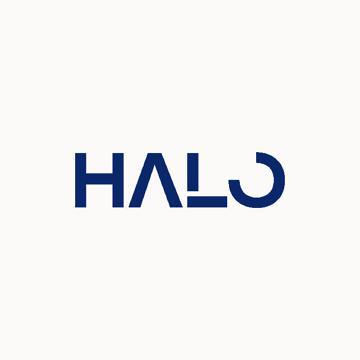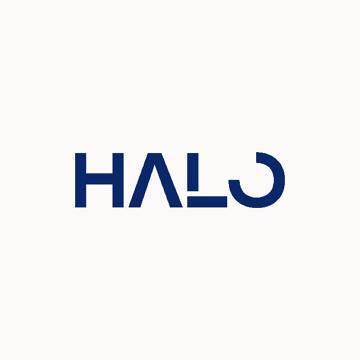In today’s fast-paced digital environment, artificial intelligence (AI) is no longer a futuristic concept—it has become a daily reality. From virtual assistants that answer questions to advanced systems that generate realistic images and entire articles, AI has woven itself into every corner of our digital lives. While this innovation brings incredible opportunities, it also raises a serious question: How do we know if the content we consume is genuinely human-made or the product of an algorithm? This is where the concept of the detector de IA comes into play.
What is a Detector de IA?
A detector de IA is essentially a tool designed to identify whether a piece of text, image, video, or audio has been generated by artificial intelligence rather than a human. These detectors use advanced algorithms, often trained on large datasets, to spot subtle patterns that reveal machine-made outputs. For example, an AI text generator might repeat phrases in unusual ways, or an image generator could create unrealistic hands or distorted objects. The detector analyzes these irregularities and provides an assessment of authenticity.
Why Do We Need AI Detectors?
The digital age is overflowing with information, but not all of it is reliable. With the rise of generative AI, the lines between human creativity and algorithmic production are blurring. This situation has created three main concerns:
-
Academic Integrity: Students may rely on AI to produce essays or assignments, leading educators to use a detector de IA to verify originality.
-
Journalism and Media: Newsrooms need to ensure that articles and reports come from credible human sources rather than fabricated AI scripts.
-
Online Trust: Readers, businesses, and governments all depend on accurate information. Without verification tools, fake or misleading AI-generated content could quickly spread.
By offering a way to differentiate human effort from machine generation, AI detectors act as guardians of truth in the digital space.
How Does a Detector de IA Work?
Although every tool uses its own method, most detectors follow similar principles:
-
Pattern Recognition: Machines often leave behind linguistic footprints. For instance, AI-generated text may be grammatically perfect but lack depth or emotional nuance.
-
Probability Scores: Instead of giving a simple yes or no, a detector de IA usually provides a percentage, such as “85% AI-generated.”
-
Dataset Training: These tools are trained on millions of examples of both human and AI content, allowing them to compare new inputs against known patterns.
In many cases, detectors continuously evolve. As AI systems become smarter, detectors must adapt, creating a constant race between creation and detection.
The Human Element in the Age of AI
One interesting side effect of AI detection is the renewed appreciation for human creativity. A poem written by hand, a painting with brush strokes, or even an article filled with personal anecdotes now holds more weight, because people value authenticity. A detector de IA does not merely expose machine-made text; it also highlights the uniqueness of genuine human voices.
This human-versus-machine tension is shaping industries in profound ways. Teachers encourage students to showcase personal reflection in essays, writers add storytelling layers that AI struggles to replicate, and businesses use transparent branding to show their authenticity.
Challenges and Limitations
Although promising, AI detectors are not flawless. False positives and false negatives can occur. A highly skilled writer may be wrongly flagged as AI, while a sophisticated generative tool might slip through undetected. This margin of error creates debates: Should detectors be used as final proof, or just as supportive evidence?
Moreover, as AI models grow more advanced, the challenge intensifies. Newer systems mimic human style with incredible precision, making the job of a detector de IA even harder. The future may require hybrid solutions where AI detection is combined with human judgment.
The Ethical Dimension
The rise of AI detection also sparks ethical questions. Should every piece of digital content undergo a detection process? What about privacy concerns when detectors analyze personal documents? How do we balance innovation with accountability?
Some experts suggest creating a “digital watermark” system, where AI-generated outputs are tagged at the source. Others argue that detectors alone will never be enough, and society needs broader digital literacy so that people can critically evaluate the content they encounter.
The Future of AI Detection
Looking ahead, detectors will likely become part of our everyday online experience. Universities may integrate them into their learning platforms, businesses could use them to authenticate marketing materials, and journalists might rely on them to verify sources. Over time, the detector de IA will not just be a tool but a symbol of digital trust.
We can also expect these detectors to expand beyond text. Already, tools exist to identify AI-generated images, videos, and even voices. As deepfake technology grows, detection will play a vital role in protecting society from misinformation and manipulation.
Final Thoughts
The digital revolution is reshaping the way we think about authenticity, authorship, and creativity. Artificial intelligence has incredible potential to assist humanity, but it also brings challenges that cannot be ignored. The ai detector emerges as a crucial safeguard—helping us distinguish between what is real and what is machine-made.
In the end, detection is not about rejecting AI but about preserving trust in a world where technology is advancing faster than ever. The future will not be about humans versus machines, but about humans working alongside technology—with detectors ensuring that truth remains visible in the digital landscape.



